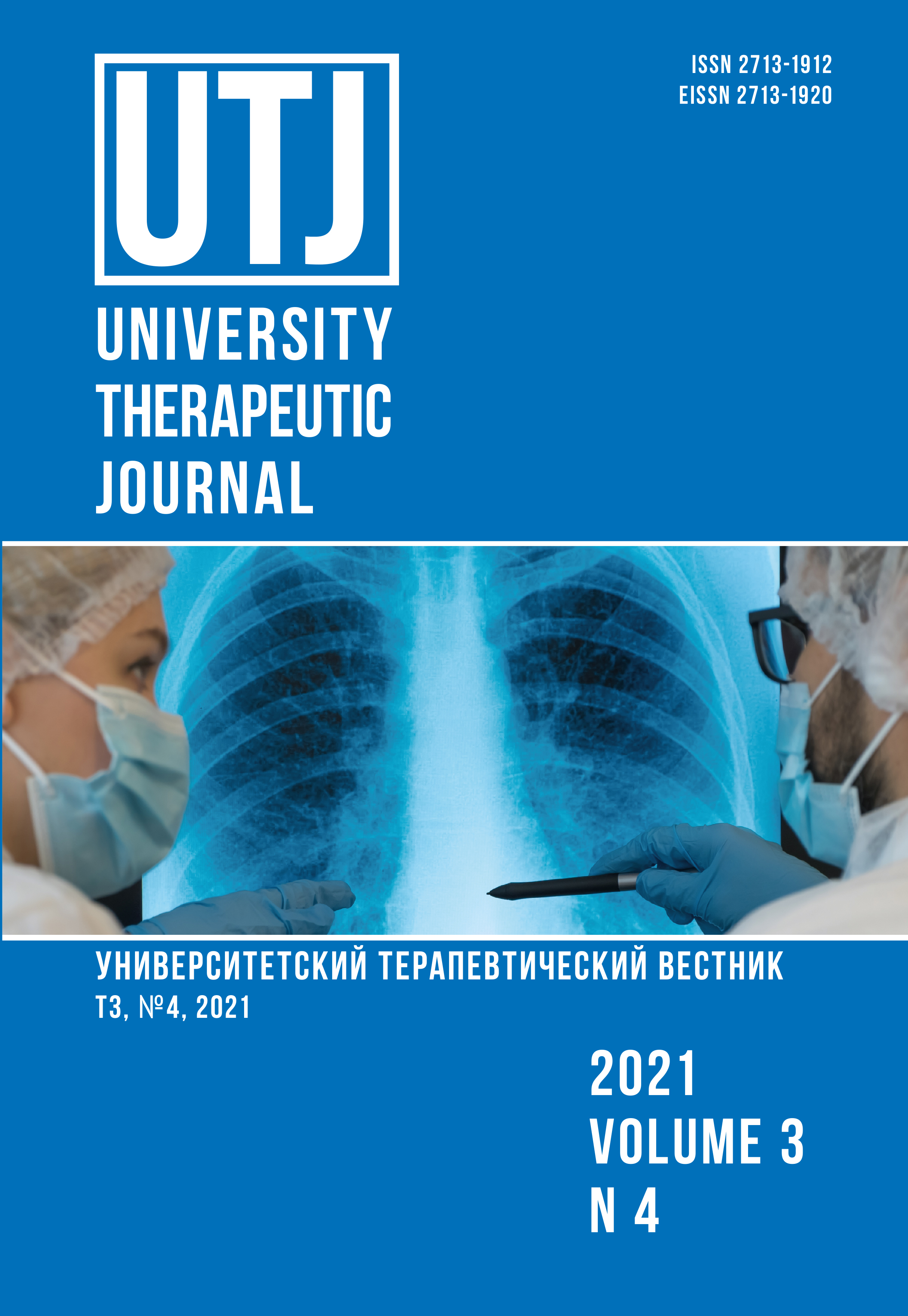Undiagnoded secondary tuberculosis in a geriatric patient: a clinical case
Abstract
Geriatric patients have peculiarities of diagnosis and clinical course of tuberculosis, for example, in elderly and senile people, tuberculosis proceeds for a long time clinically imperceptibly, sometimes there is a resemblance to malignant diseases or nonspecific inflammatory diseases. A number of geriatric patients have miliary tuberculosis and extrapulmonary tuberculous lesions (meningitis, tuberculosis of the bones, adrenal glands, etc.). In elderly and old people, tuberculosis can develop as a complication of corticosteroid therapy, with a tendency to progression, which is mistakenly regarded as a feature of the course of the underlying disease. Difficulties in diagnosing the tuberculous process in elderly and old patients are due to age related clinical, anatomical and immunological features, such as an increase in polymorbidity with each decade of a patient’s life, late seeking medical help, when the clinical manifestations of tuberculosis are mistaken for symptoms of a concomitant disease; the defeat of various organs and systems by tuberculosis, which lengthen the diagnostic search, lead to late diagnosis of tuberculosis. This article presents a clinical case illustrating the above described difficulties in the diagnosis of tuberculous process in geriatric patients


